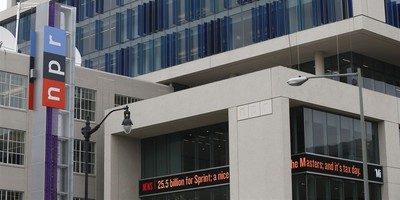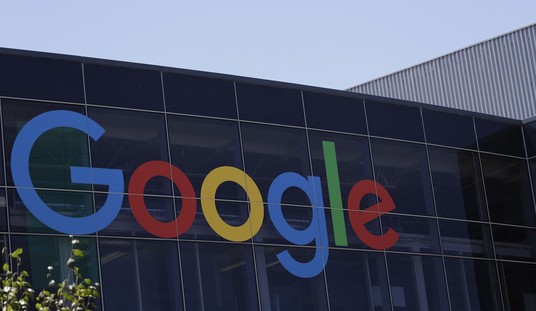The economic stimulus plans unveiled by President-elect Obama over the weekend won't do much to help the economy. But they will vindicate all the dreams of liberal Democrats for higher government spending.
Of course, the basic choice facing any politician seeking to stimulate a moribund economy is whether to catalyze the supply side with tax cuts on business or the demand side by way of spending increases. Obama obviously made that choice years ago: He will work the demand side.
But once a leader makes that decision, he faces another: Will he emphasize important and valuable public works projects or will he just try to pass out the largest amount of money possible? By announcing that he is not "going to throw money" at the economy in the hopes of getting a pulse, Obama signals that he will stress the former approach and fund important public works such as school reconstruction, fiber optic cables, alternative energy generation and the like.
The problem is that such projects take a long time to plan and longer to build. Their immediate economic impact is highly attenuated.
In all federal capital projects, only about one-quarter of the funds appropriated are actually spent in the fiscal year. It just takes that long to plan, engineer and begin construction. And for every $6 spent in the last stimulus package, only $1 actually got spent on goods or services. Five dollars out of every six in the Bush stimulus package of 2008 went to pay down debt, mortgage or credit card or student loan or home equity, and not into the acquisition of new products or services.
Recommended
So, do the math. If only 25 cents out of every dollar actually is spent in the fiscal year, and only one-sixth of that sum actually gets spent by the workers who get paid on new goods and services, only about 4 cents from every dollar actually stimulates the economy. And who says those 4 cents will be spent on domestically produced products? A lot of the stimulus will just feed Chinese imports, particularly with their low prices.
FDR faced just this problem in combating the Great Depression. In the National Recovery Act (NRA), Roosevelt set up the Public Works Administration (PWA) headed by Interior Secretary Harold Ickes (the original one). Ickes was a stickler for making sure nothing was wasted and in keeping the costs down. He managed a spectacularly successful public works program and built, without scandal or corruption, some of our most important national infrastructure. But he took his sweet time doing so. The economic stimulation was slow in coming.
Exasperated, FDR did an end-run around Ickes and set up the Works Progress Administration (WPA) under Harry Hopkins. WPA spent its money quickly and on projects involving little overhead or preparation. My mother got a WPA job teaching English to foreigners. Virtually all the WPA funds were spent in the fiscal year and the stimulative effect was immediate.
But in opting to go the Ickes route, Obama will find that he leaves a legacy of important contributions to our national infrastructure, but little in the way of real economic stimulation.
While a WPA-type approach might hasten the ameliorative impact of the stimulus package, Obama still faces the conundrum that most of those who get extra paychecks as a result of his spending will use the money to climb out of debt. In the '30s, credit cards didn't exist and consumer debt was very limited. Most people lived paycheck to paycheck. Extra money equaled extra spending. But now that most consumers will use money to pay down their debts, not to spend it, demand-side stimulation has its limitations. But Obama's ideology won't allow him to indulge in tax cuts "for the rich," which might work to get us out of the depression faster.

























Join the conversation as a VIP Member